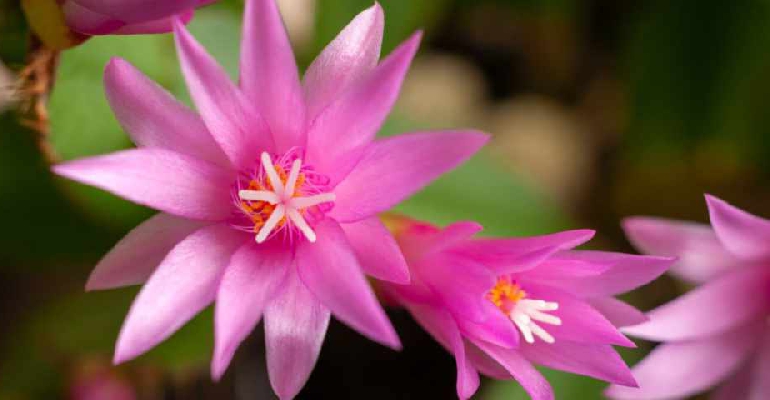
Were you gifted a houseplant at Christmas? Wondering what to do with it now? Hippeastrum (amaryllis) are extraordinary plants. Their huge bulbs can develop flowering spikes 60cms tall within six weeks. They are often sold as a kit, complete with flowerpot and compost.
If you’ve been gifted a kit, ensure the bulb is shallow-planted, with the top half sitting above the compost. Pack plenty of compost around the base for anchorage. The flowering spike(s) will need support, so push a cane into the soil at the time of planting to avoid damaging emerging roots. Position in a sunny, warm spot. Keep the compost moist and rotate the pot daily to ensure the stems grow straight. If a plastic pot has been used, sit it inside a ceramic planter to give extra weight to the base, (hippeastrums are notorious for toppling over!)
Schlumbergera is known as the Christmas Cactus because it obligingly flowers in midwinter. The word ‘cactus’ conjures thoughts of arid deserts, but Schlumbergera belongs to an unusual group of plants known as Forest Cacti that grow in the tree canopy of damp, semi-tropical woodlands. In a home setting, Schlumbergera enjoys a temperate, humid environment in light shade – the centre of a room is a good position, away from hot radiators and over-bright windowsills.
Poinsettias are sensitive plants. What usually kills them off is cold air and over watering. They require a draught-free location and a light hand with the watering can – the compost should be barely damp. Their vivid flowers aren’t flowers at all, but are bracts, (modified leaves.) Poinsettias can be persuaded to ‘flower’ the following year, so long as you have the patience of a saint and a pitch black cupboard to artificially mimic the equatorial hours of day/night. It’s complicated.
Potted bulbs can be planted outdoors when they have finished flowering. After experiencing indoor conditions, they may take a year or two to settle into a normal flowering routine, (especially hyacinths) so be patient! Bulbs are tough characters and most will survive the indoor-to-outdoor transition.
Dry, centrally heated air is the greatest enemy of houseplants but you can help provide the moister conditions they enjoy. Plants breathe through leaf pores, (stomata) a process which creates micro-condensation. Grouping several plants together will increase humidity in the immediate vicinity. Sitting pots on gravel-filled saucers also helps. Every few days, dribble water into the saucers to keep the gravel damp. The water will evaporate, creating a moist atmosphere around the plants. As a general rule, houseplants should be fed when in active growth and re-potted in springtime. They will appreciate a summer holiday in a sheltered spot in the garden. Many houseplants can be successfully kept going for years, but when it comes to a poinsettia, throw it away and buy another one next December. Trust me.

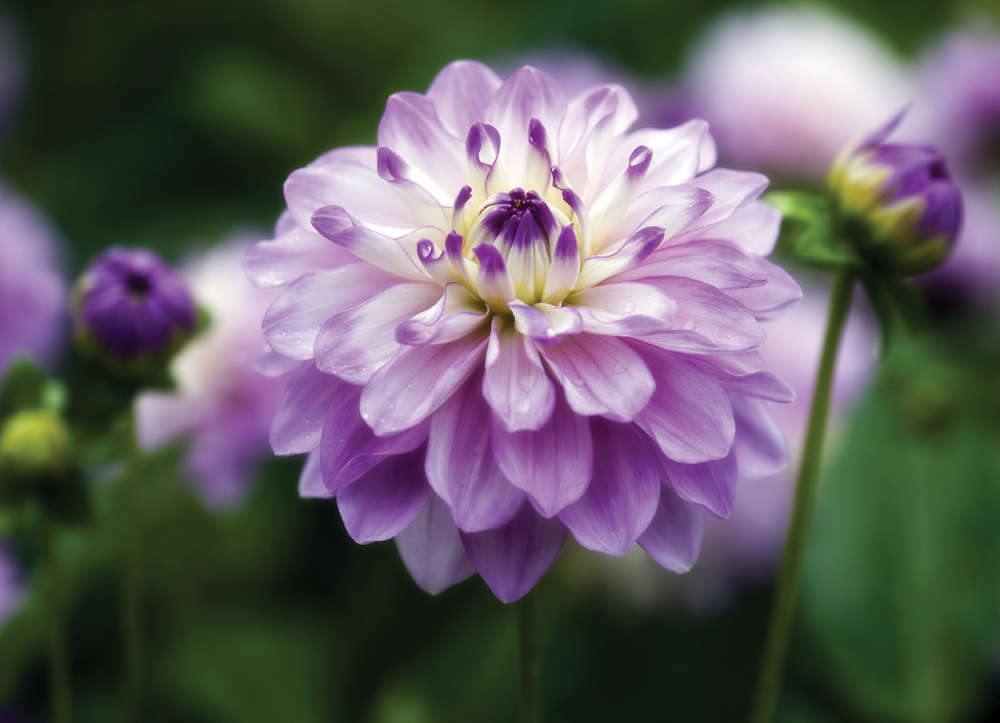 Blooming Times: Dahlia Mania
Blooming Times: Dahlia Mania
 How to Create 3D Walls in Your Home
How to Create 3D Walls in Your Home
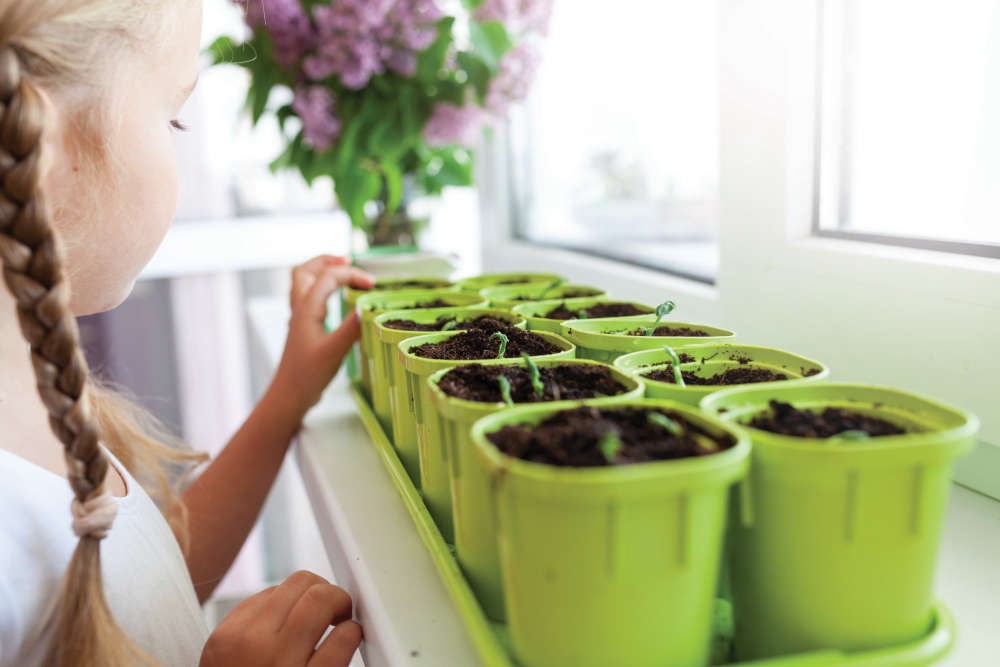 Blooming Times: Spring Fever
Blooming Times: Spring Fever
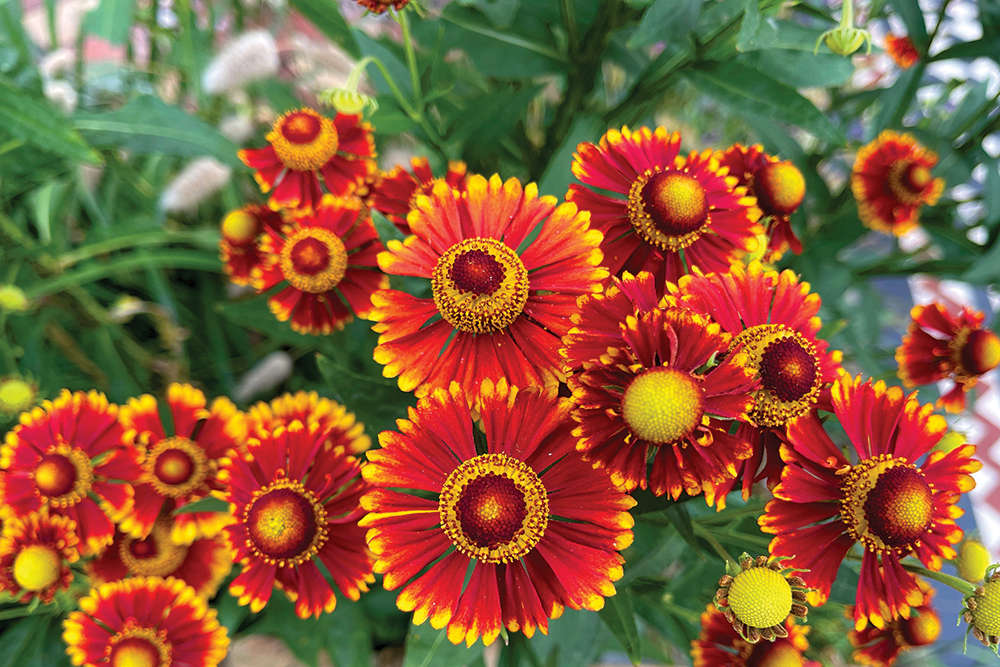 Blooming Times: What's in a Name?
Blooming Times: What's in a Name?
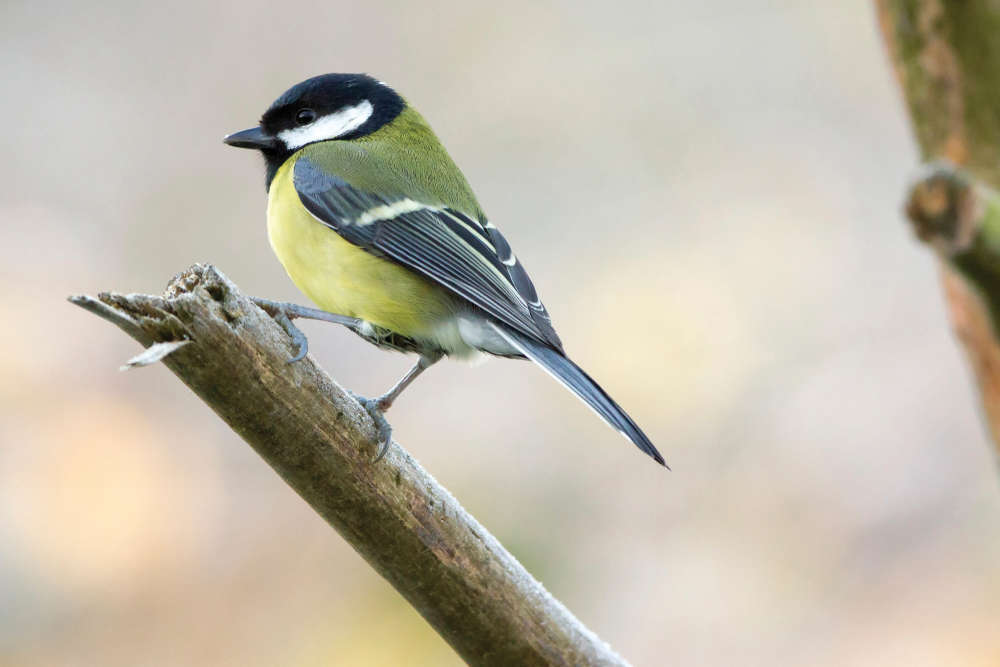 Top 10 Garden Birds to Spot on the Isle of Wight
Top 10 Garden Birds to Spot on the Isle of Wight
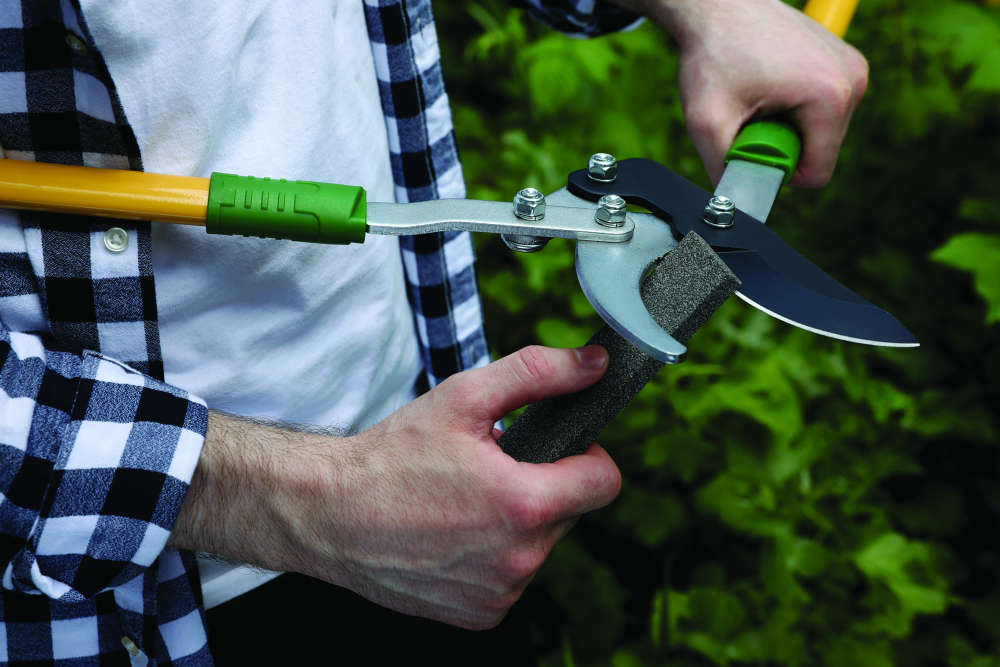 The Best Christmas Gifts for Gardeners
The Best Christmas Gifts for Gardeners
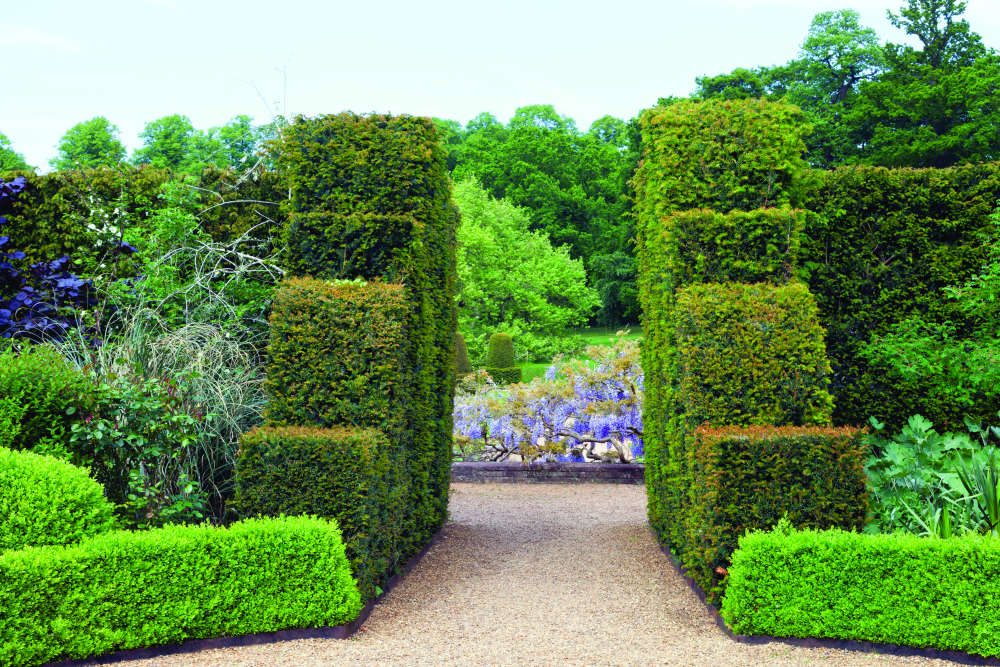 Gardening: The Benefits of Hedges
Gardening: The Benefits of Hedges
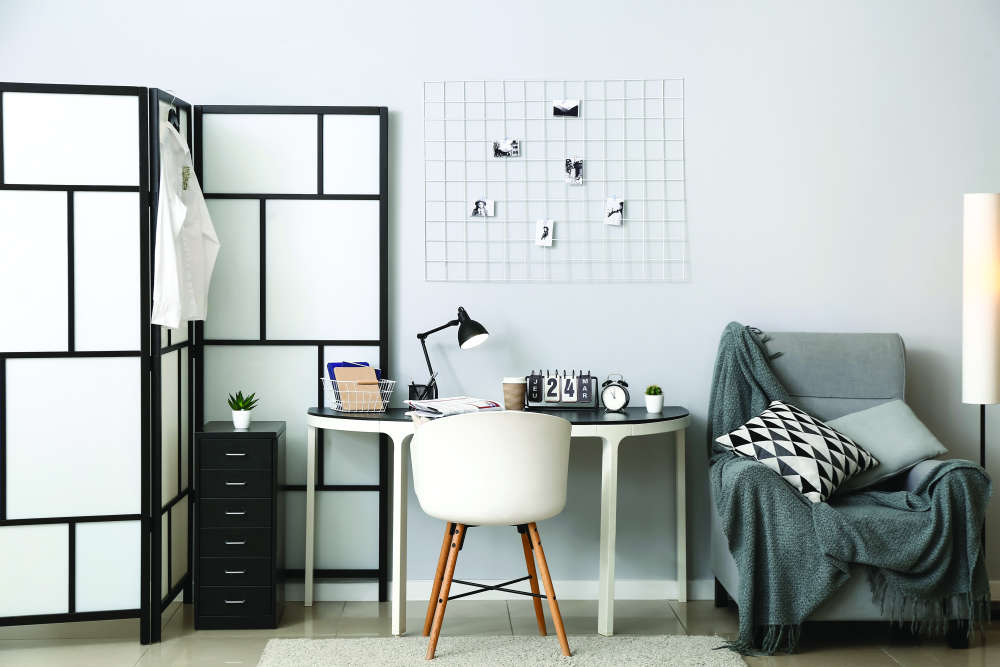 How to Create a Happy Home Workspace
How to Create a Happy Home Workspace
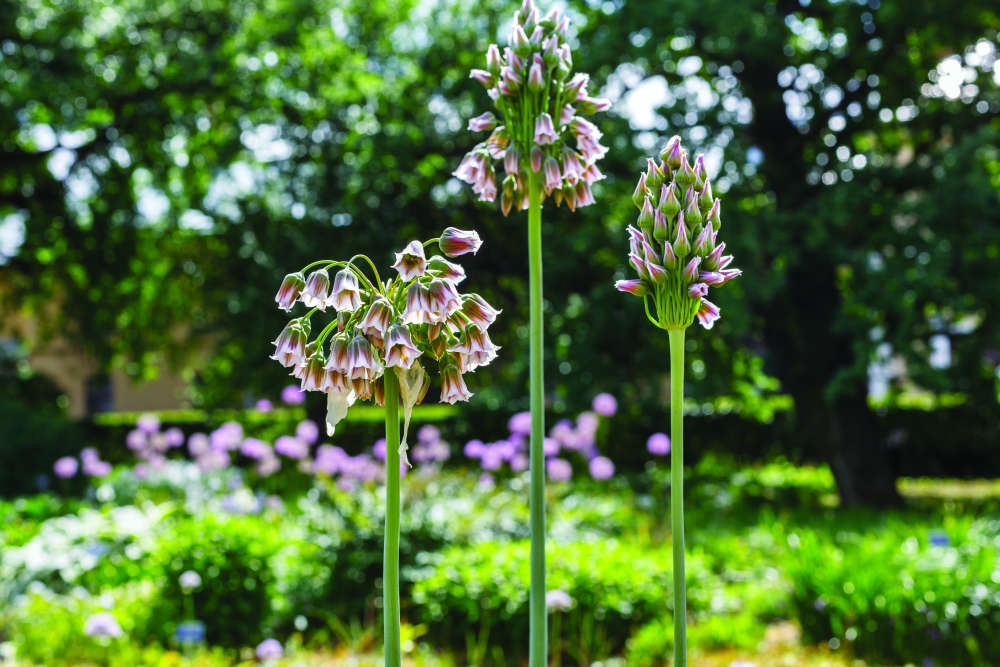 Now's the Time to Plant Alliums for a Spectacular Display Next Year
Now's the Time to Plant Alliums for a Spectacular Display Next Year
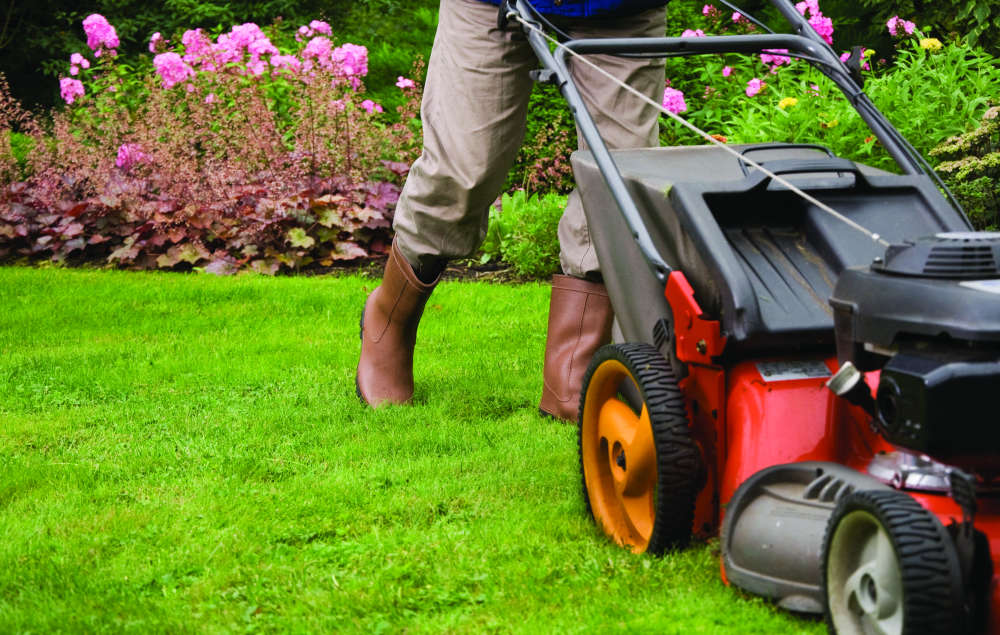 Gardening Facts or Fictions?!
Gardening Facts or Fictions?!
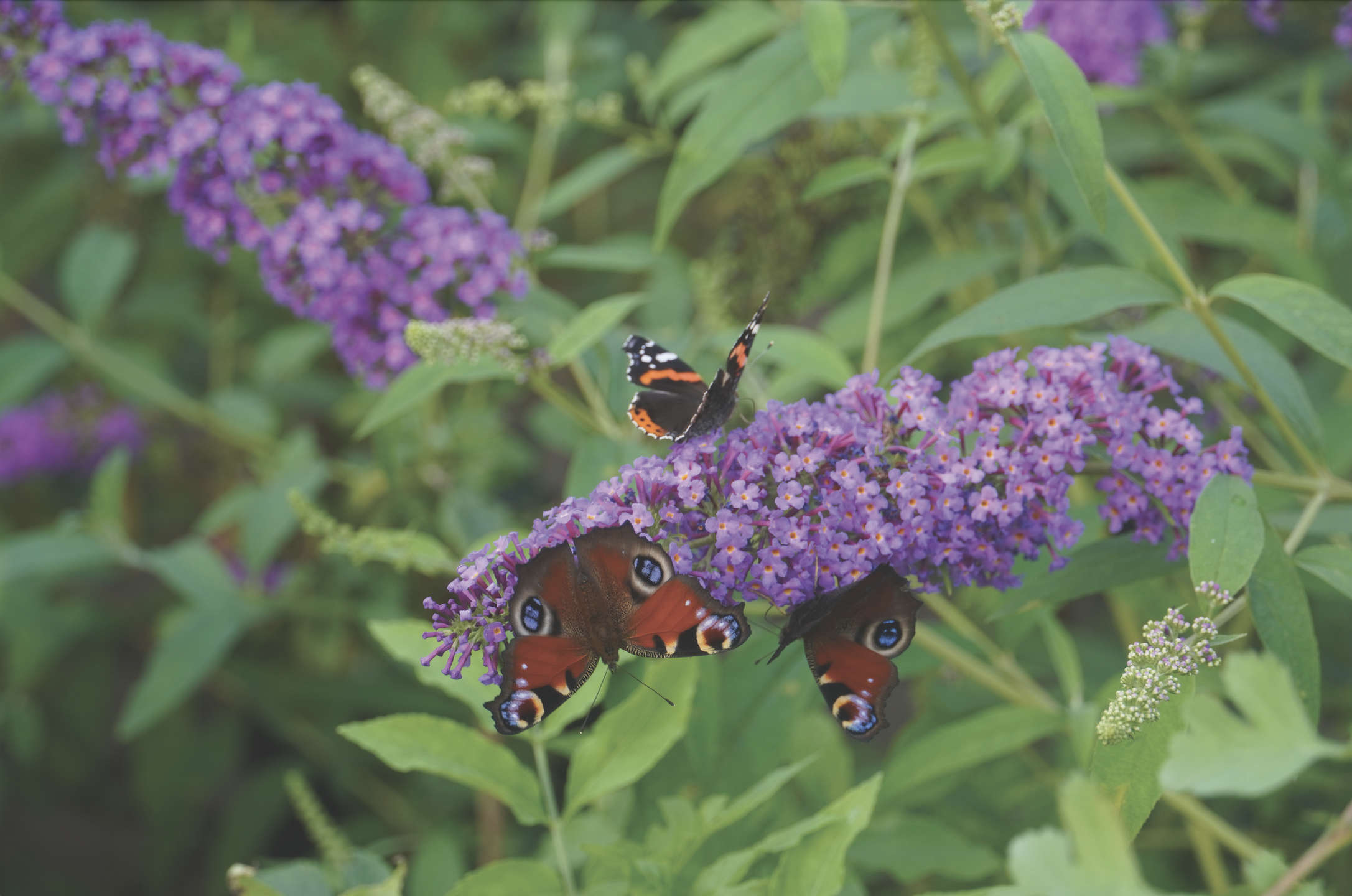 Fill The Gaps in Your Garden With Stunning Shrubs
Fill The Gaps in Your Garden With Stunning Shrubs
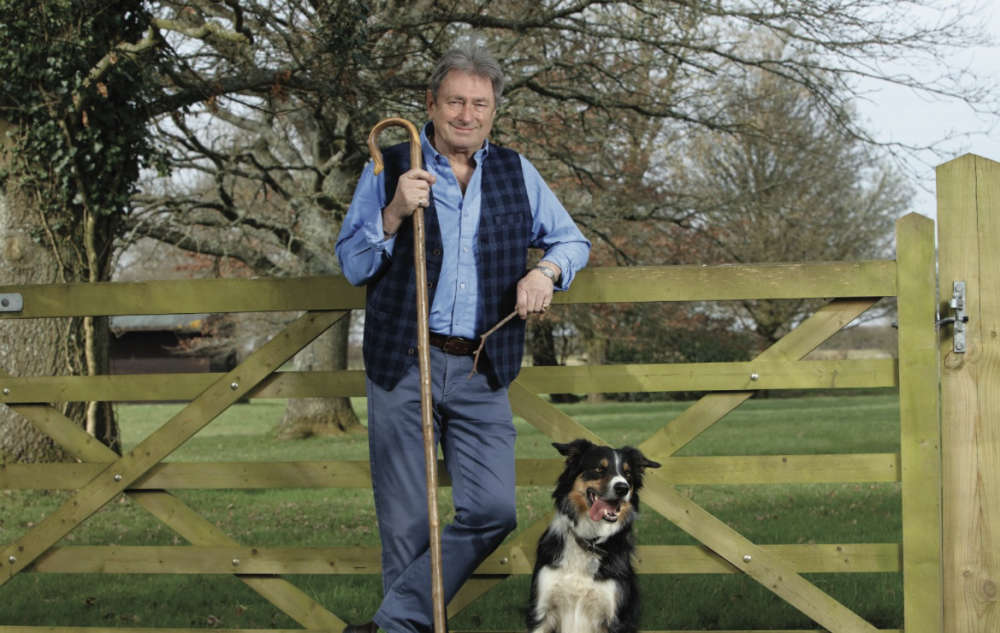 Summer in the Garden: The Alan Titchmarsh Column
Summer in the Garden: The Alan Titchmarsh Column
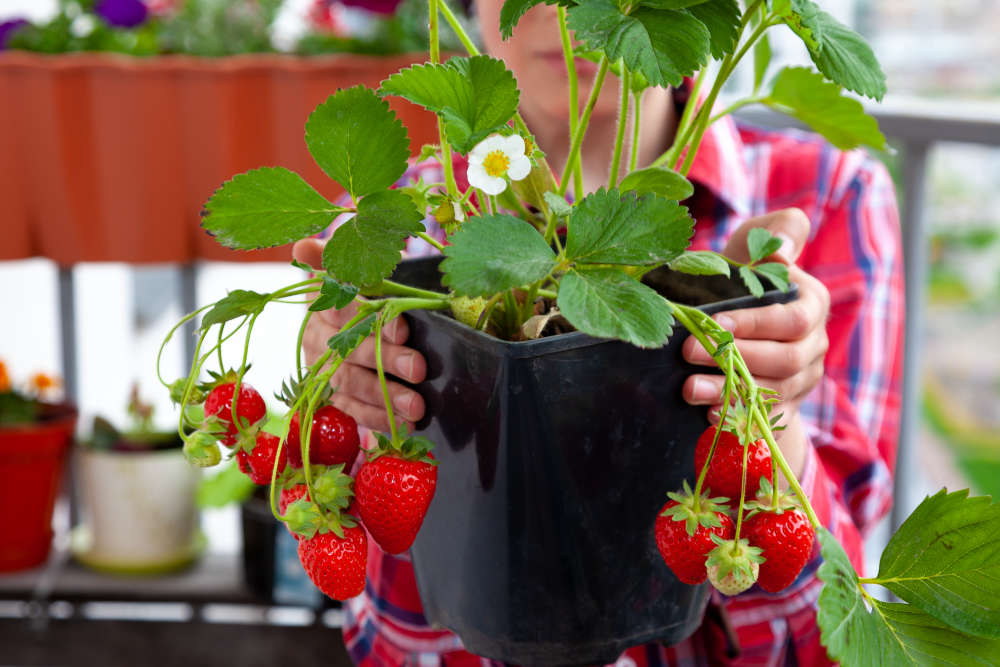 Grow Your Own Strawberries
Grow Your Own Strawberries
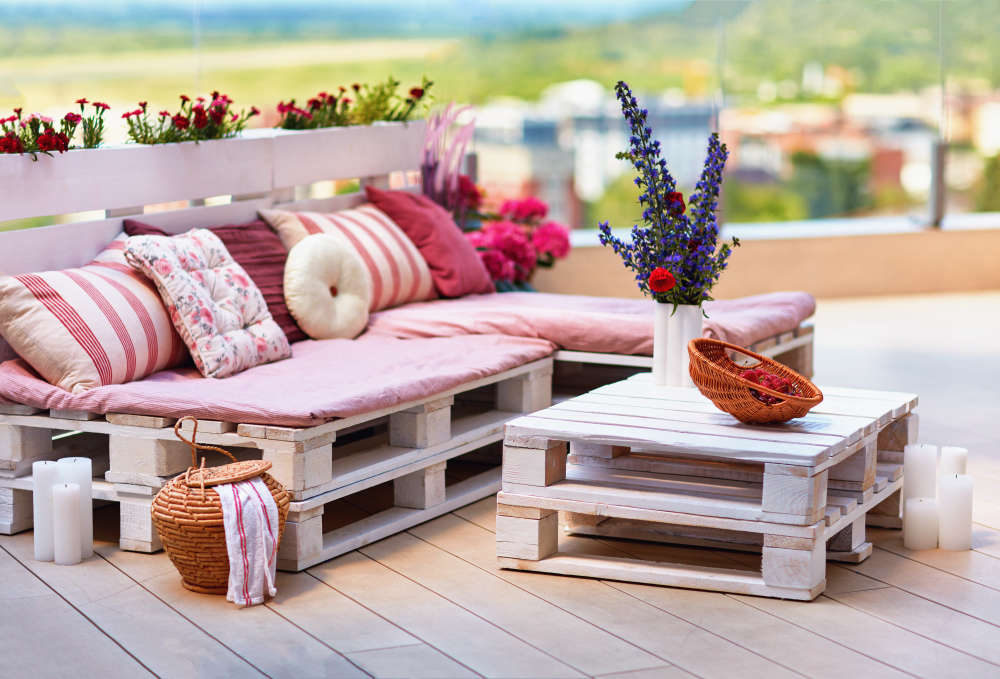 How to Make a Garden Sofa Out of Pallets
How to Make a Garden Sofa Out of Pallets
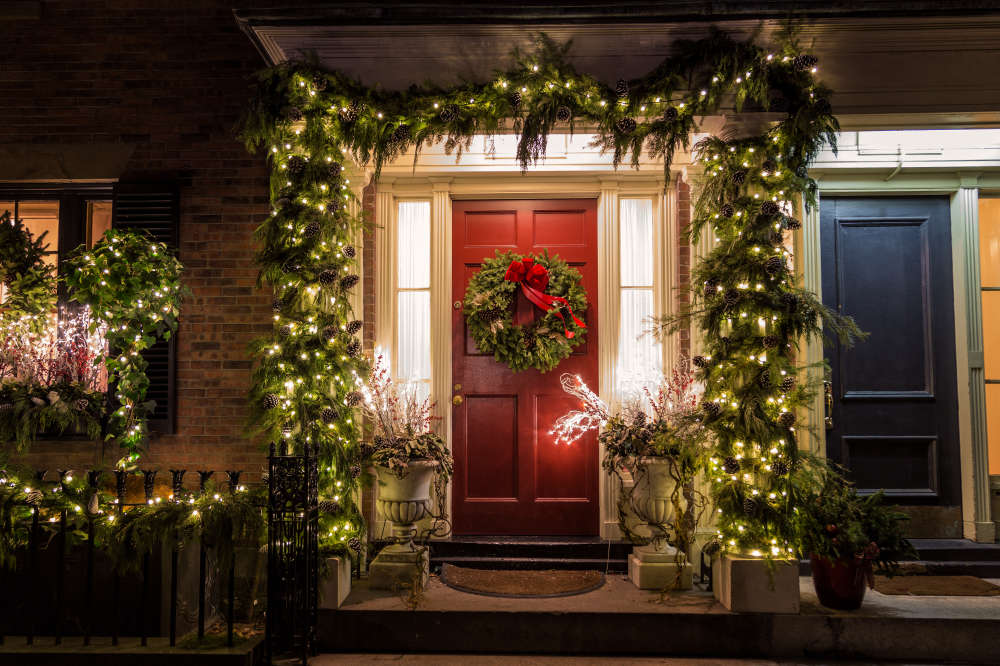 How to Create a Festive Garden
How to Create a Festive Garden
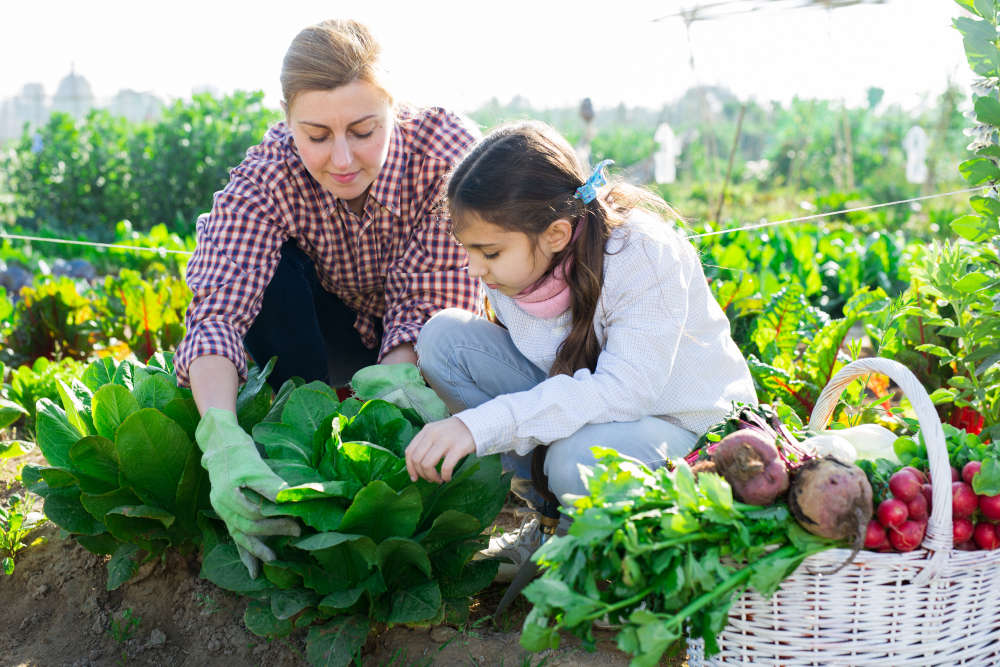 The Alan Titchmarsh Column: The Next Generation of Green-Fingered Gardeners
The Alan Titchmarsh Column: The Next Generation of Green-Fingered Gardeners
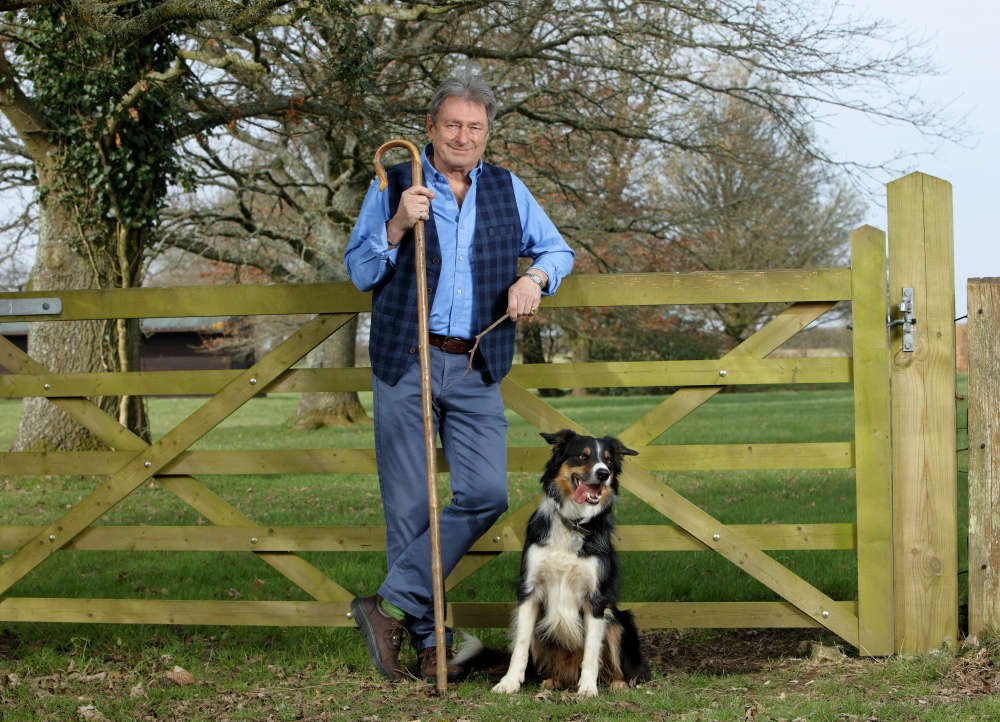 The Changing Seasons By Alan Titchmarsh
The Changing Seasons By Alan Titchmarsh
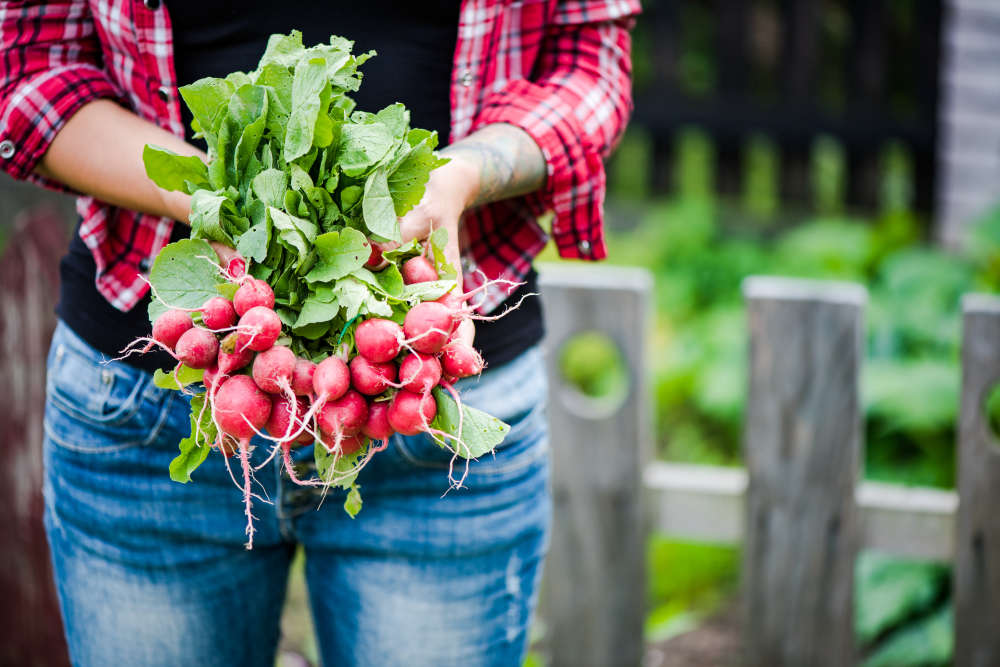 How to Grow Incredible Edibles
How to Grow Incredible Edibles
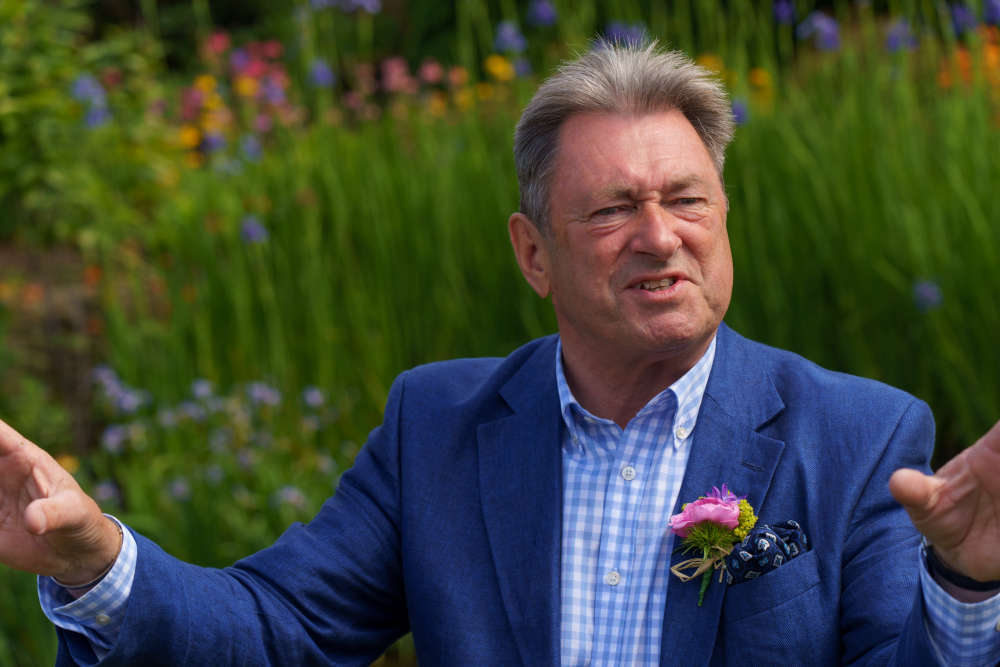 Alan Titchmarsh Talks Of Common Mistakes Gardeners Make
Alan Titchmarsh Talks Of Common Mistakes Gardeners Make
 Why Many Plants Prefer Life In The Shade
Why Many Plants Prefer Life In The Shade